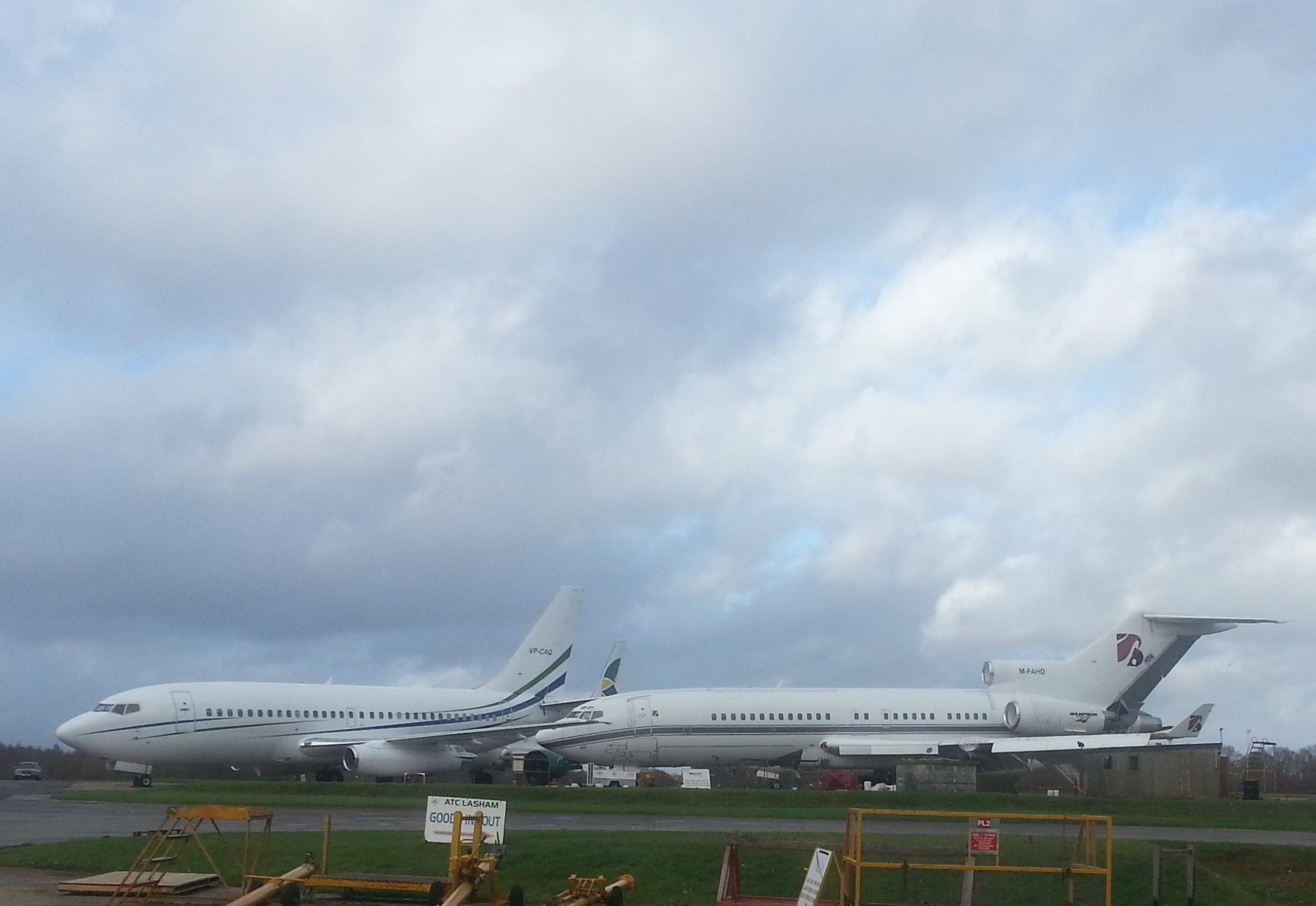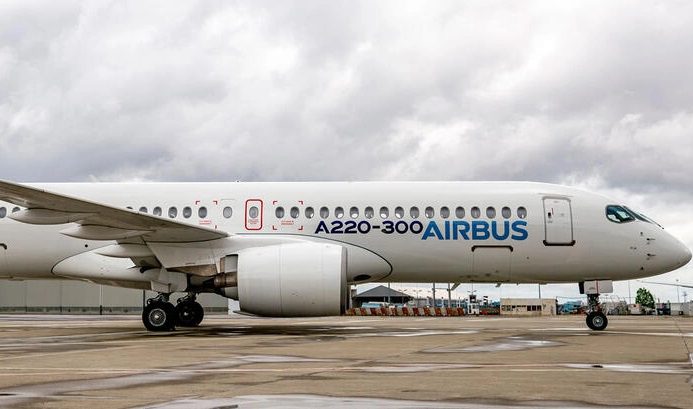Safety Management Systems (SMS) are structured processes aimed at managing and reducing risks in various settings, particularly we can use these in industries like aviation. The core of SMS involves identifying potential hazards, assessing risks, and implementing measures to mitigate these risks. We can use these systems to analyse and manage risk we identify and also then monitor and manage reported incidents and or near misses; this analysis can highlight areas to concentrate on and allow reduction of risk or consequence prior to a negative event occurring.
Understanding Key Concepts associated with how we do this is at the heart of any SMS.




